Journey to bring water to the stone plateau
Water is an essential need of life, but clean water is an important factor in protecting health and improving the daily life of each person, especially for ethnic minorities and mountainous people in remote areas. When deforestation tends to increase, causing streams to dry up even in the rainy season, the risk of lack of clean water is becoming more and more evident.
Typically, in the four mountainous districts in the North of Ha Giang province, including Dong Van, Meo Vac, Quan Ba and Yen Minh, the area has long been famous as the "thirsty land" of the country. The total area of the region is 2,352.7 km2, the population is over 200,000 people, accounting for approximately 34.3% of the province's population. The entire region has 68 communes and towns, which are extremely difficult highland communes of the province and the whole country.
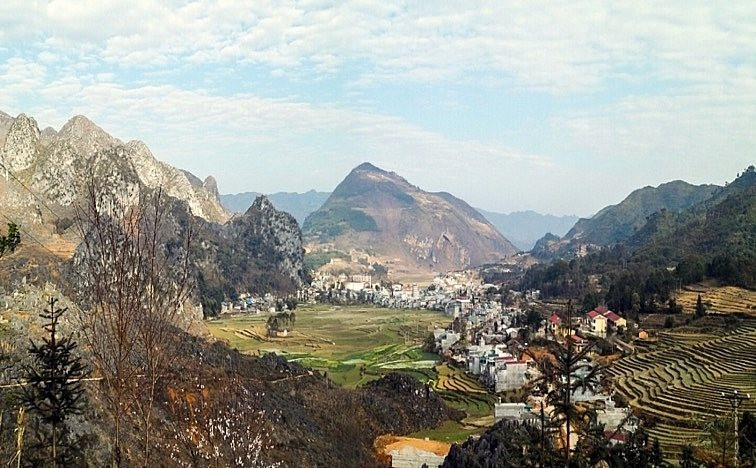
Due to the terrain characteristics of steep mountain slopes, exposed rock blocks, cat ear rocks, many deep closed valleys, the bottom is often sinkholes, concave funnels. The phenomenon of cracks, caves strongly developed, tectonic faults also appear quite thick forming a long and long system of latitude and longitude that penetrates deep into the earth's crust. That is also the reason why there is no river network on the surface (hydrology) and the groundwater is both poor and very deep. Although the rainfall is not small, the average annual 1770mm, the average annual evaporation 700mm (Pho Bang station), this is still an area with serious water shortage, especially in the dry season.
Knowing and understanding the suffering of water shortage of people in the rocky mountains of Ha Giang, the State has invested in research to develop many different water supply solutions such as: hanging lakes, traditional water pumping from rivers and streams, collecting water from water sources into tanks to distribute to households, collecting rainwater on a household scale... However, these solutions all reveal certain limitations.
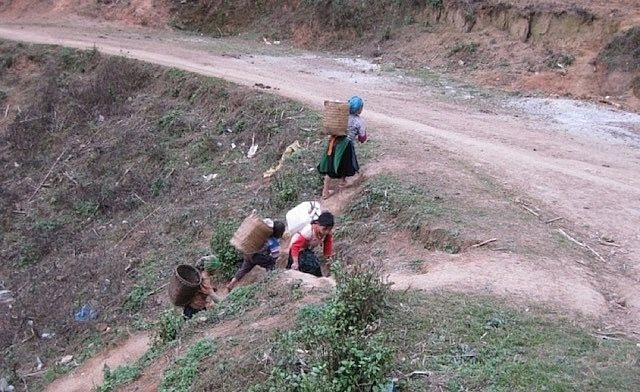
Faced with that reality, finding a stable water source to serve the long-term domestic and production needs of the highland people has always been a "concern" for the Ha Giang provincial government. More than a decade ago, the National Center for Water Resources Planning and Investigation ( Ministry of Natural Resources and Environment ) investigated and evaluated underground water resources; conducted surveys and evaluated 83 drills in 16 areas and determined the total water reserve of 1,600 m3/day. However, at that time, no wells had been exploited and put into use. It was not until 2008, based on available data, that Ha Giang province coordinated with the National Center for Water Resources Planning and Investigation to investigate and re-evaluate the current status of nearly 40 wells in four highland districts and determined that 14 wells met the requirements for exploitation and use.
From central support and local budget mobilization, in 2013 the province built a groundwater extraction and treatment station at two wells in Dong Van town, with an exploitation capacity of 300 m3/day and night.
In 2014, the project was completed and put into operation, partly meeting the domestic water needs of the people. From the effectiveness of the clean water exploitation and supply model in Dong Van town, the province continued to invest in the exploitation station of two drilled wells in Meo Vac town, which was completed and handed over to the district for management at the end of 2015, with a capacity of 500 m3/day and night to meet the domestic water needs of the people in the area.
The greatest joy is that these projects not only help stabilize both water reserves and quality, but also gradually replace unstable, untreated surface water sources as before, gradually completely solving the shortage of domestic water for people in the dry season, especially contributing to improving people's lives and health, promoting regional economic development, stabilizing the population, maintaining national border security and contributing to the completion of the goal of clean water supply and rural environmental sanitation in the country's millennium development goals.
Efforts to "quench thirst"
In practice, mountainous areas and water-scarce areas are mainly ethnic minority and mountainous communes with high poverty rates and poor infrastructure for production and people's lives. Therefore, over the past many years, these areas have received consensus, attention and direction from the Party, National Assembly, Government, Central Ministries, branches and local Party committees and authorities to implement many programs and projects with high determination.
The Project to Investigate and Search for Underground Water Sources in High Mountainous and Water-scarce Areas is considered one of the important tasks contributing to the long-term solution to the shortage of clean water for ethnic minorities. The project belongs to the Program to Investigate and Search for Underground Water Sources to provide domestic water in High Mountainous and Water-scarce Areas, Phase 1 of which was implemented from 2016 to 2020 with the efforts of the staff, workers and employees of the National Center for Water Resources Planning and Investigation (Ministry of Natural Resources and Environment) and the coordination of agencies, units and experts in the field of underground water resources.
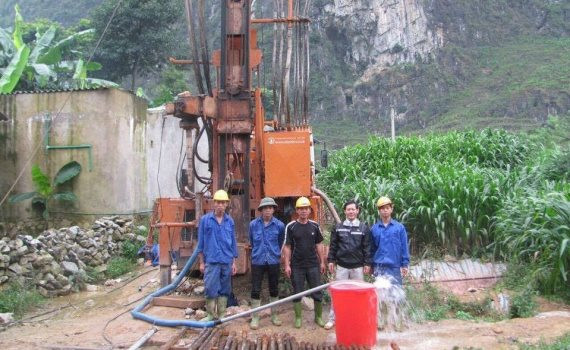
According to the report of the National Center for Water Resources Planning and Investigation - the implementing unit, in phase 1, the Project has been implemented in 41 provinces, with 325 areas investigated and evaluated. Of which, the Northern region has 147 areas assessed in 15 provinces; the North Central region has 32 areas investigated and evaluated in 5 provinces; the South Central region has 48 areas investigated and evaluated in 7 provinces; 4 provinces in the Western region have 55 areas assessed, of which, there have been investigations related to highland areas, water-scarce areas, mainly communes in ethnic minority and mountainous areas, high poverty rates, infrastructure serving production and people's lives is still lacking and weak.
In particular, the project completed the first phase of construction with a total investment of 307.27 billion VND for the investigation and search for underground water sources in 197 areas and a daily exploitation flow of 117,000 m3/day. Accordingly, the average investment cost for the investigation and search for water sources for 1 m3 of water is 720 VND. The investment in the search for water sources to serve the clean water supply has brought about great socio-economic efficiency, over 1.4 million people in 197 highland areas in 37 provinces will benefit greatly from the project, contributing to improving the material life of people in highland areas and areas with water scarcity, thereby gradually stabilizing people's lives, enhancing people's trust in the leadership and direction of the Party, State and Government.
Source



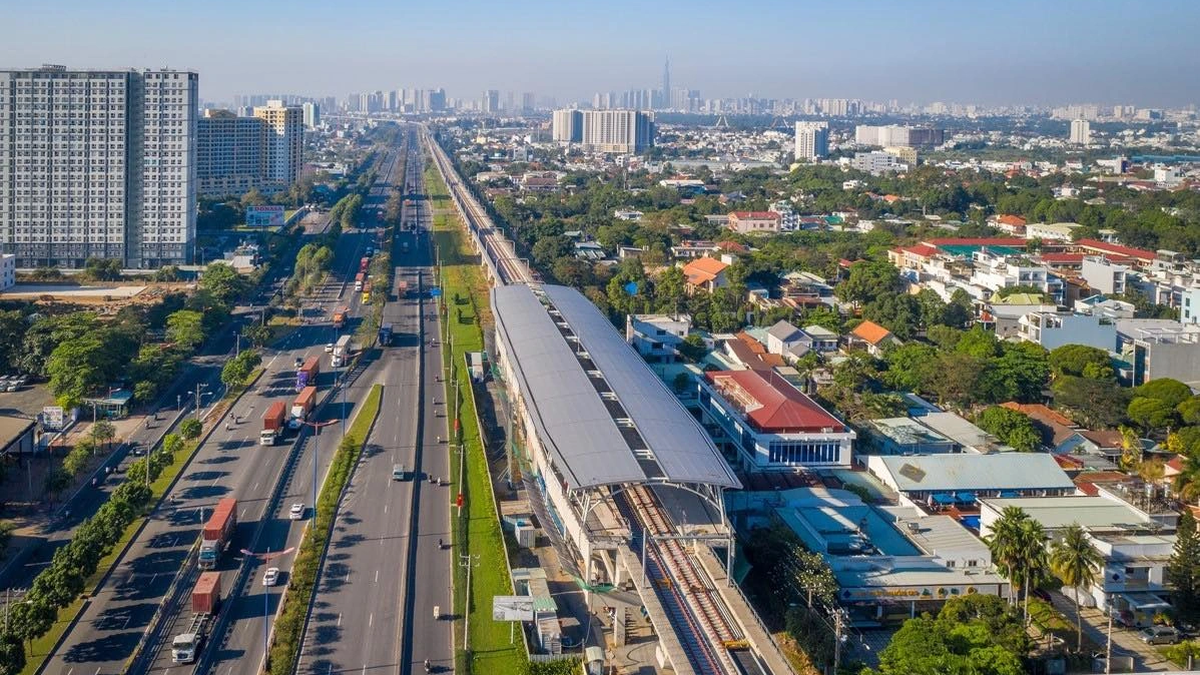

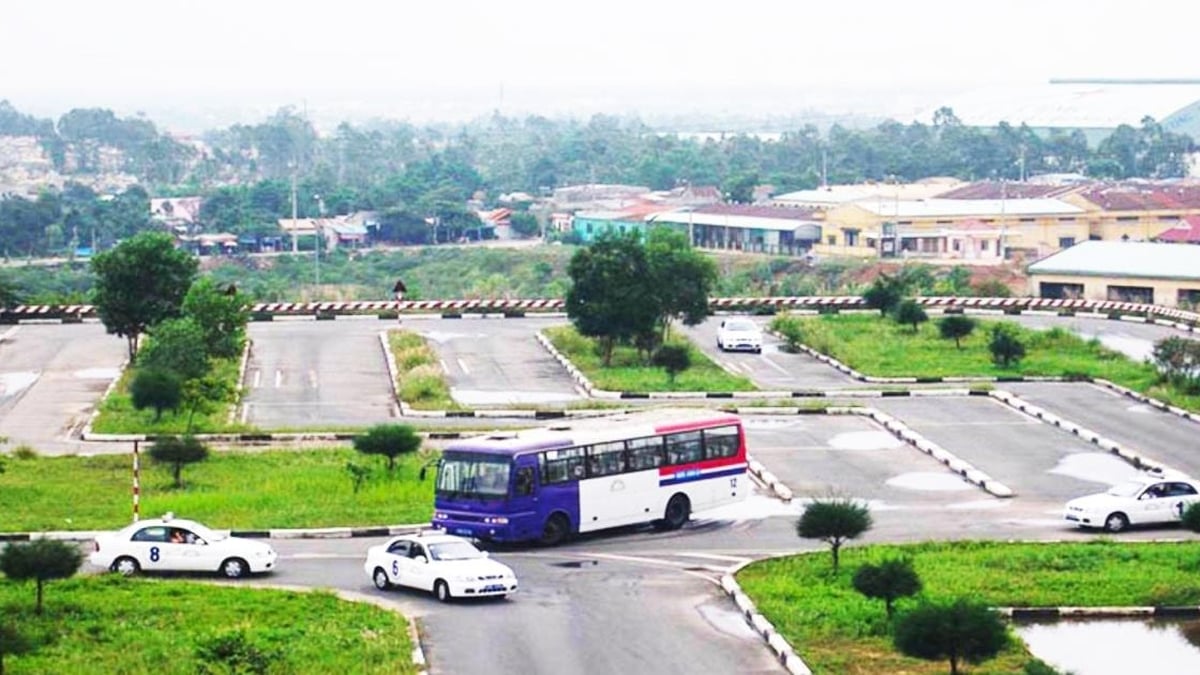
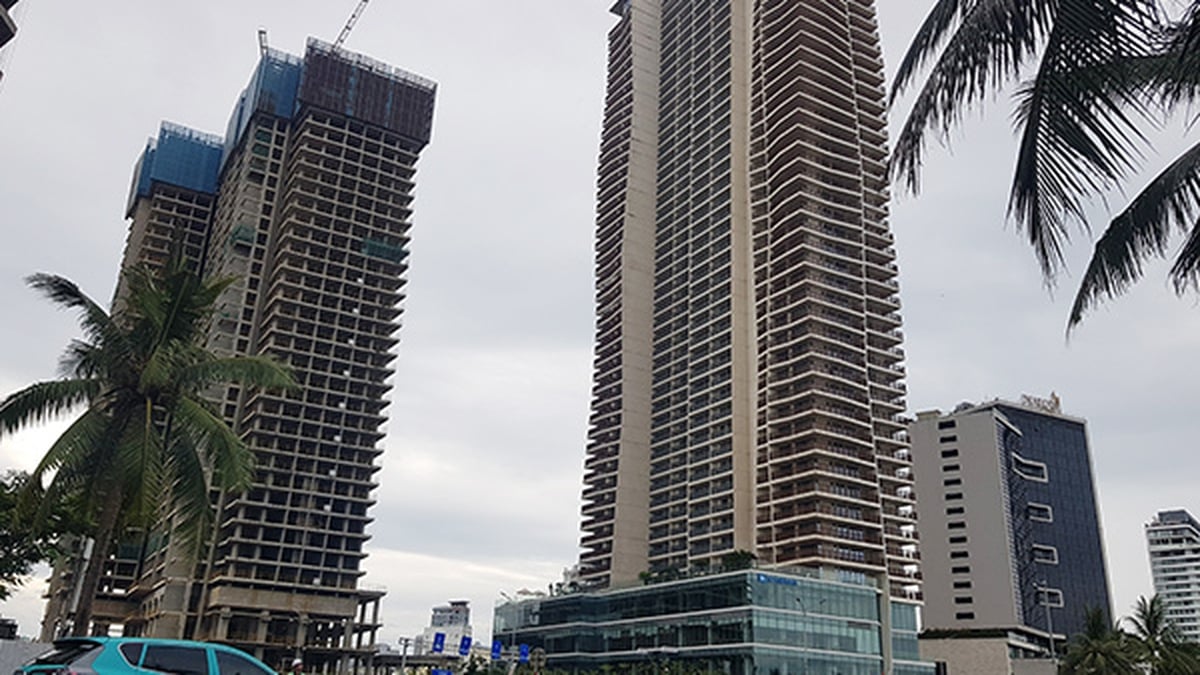
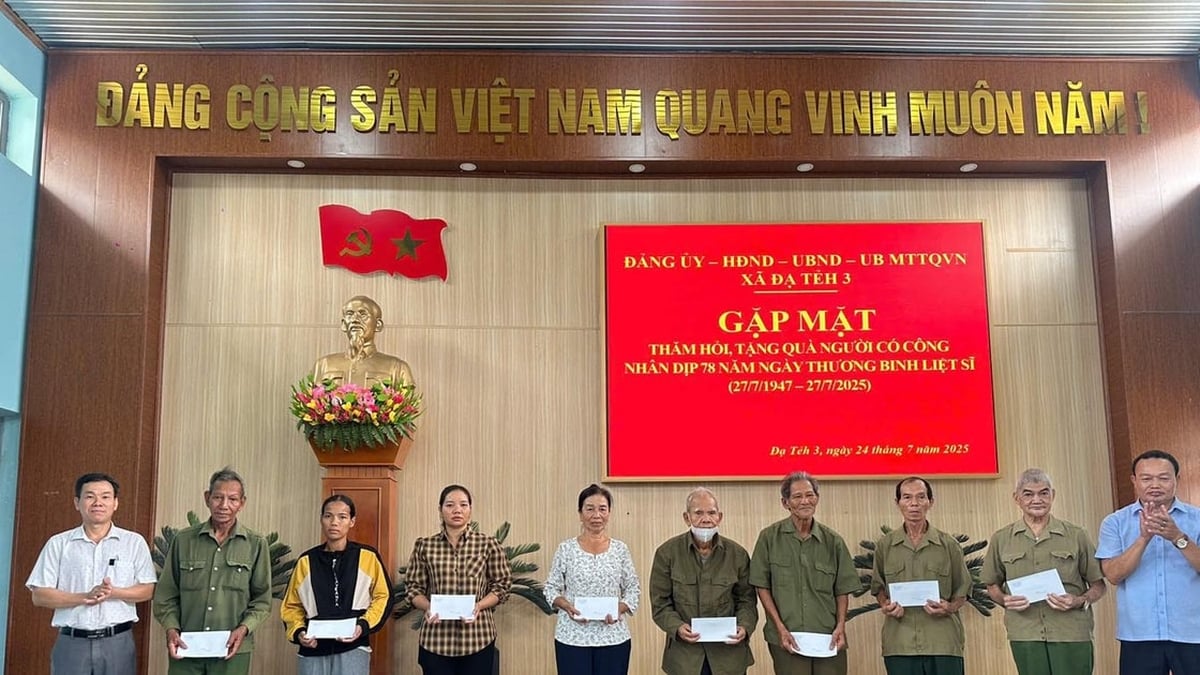
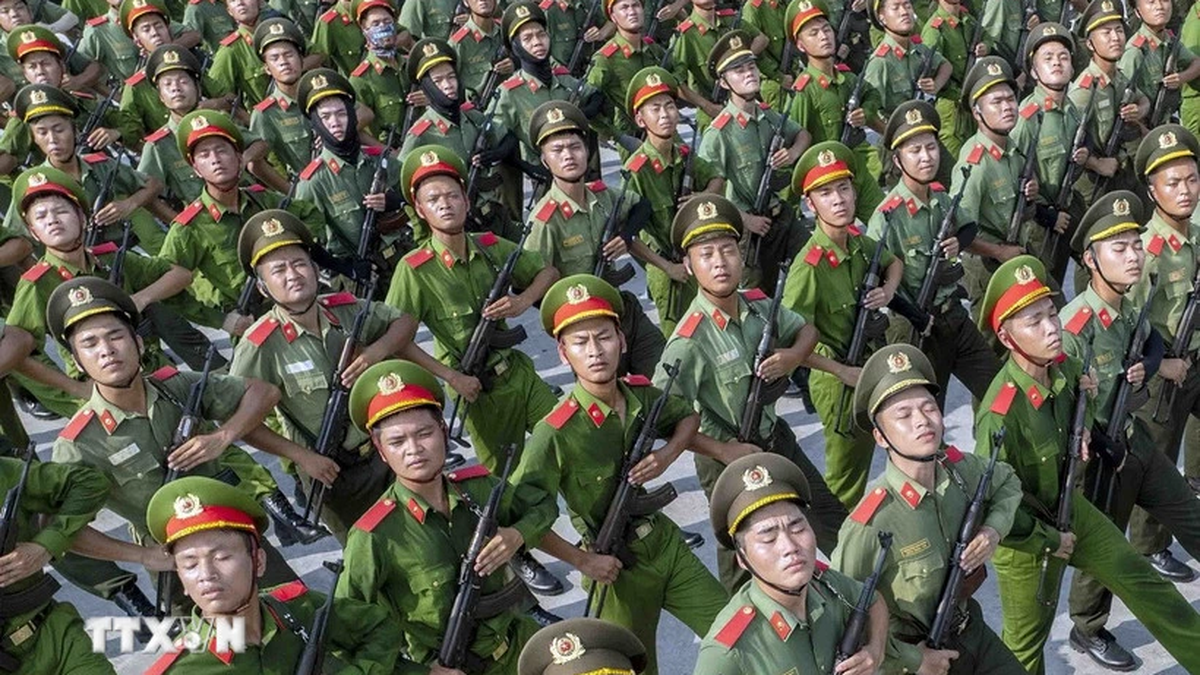
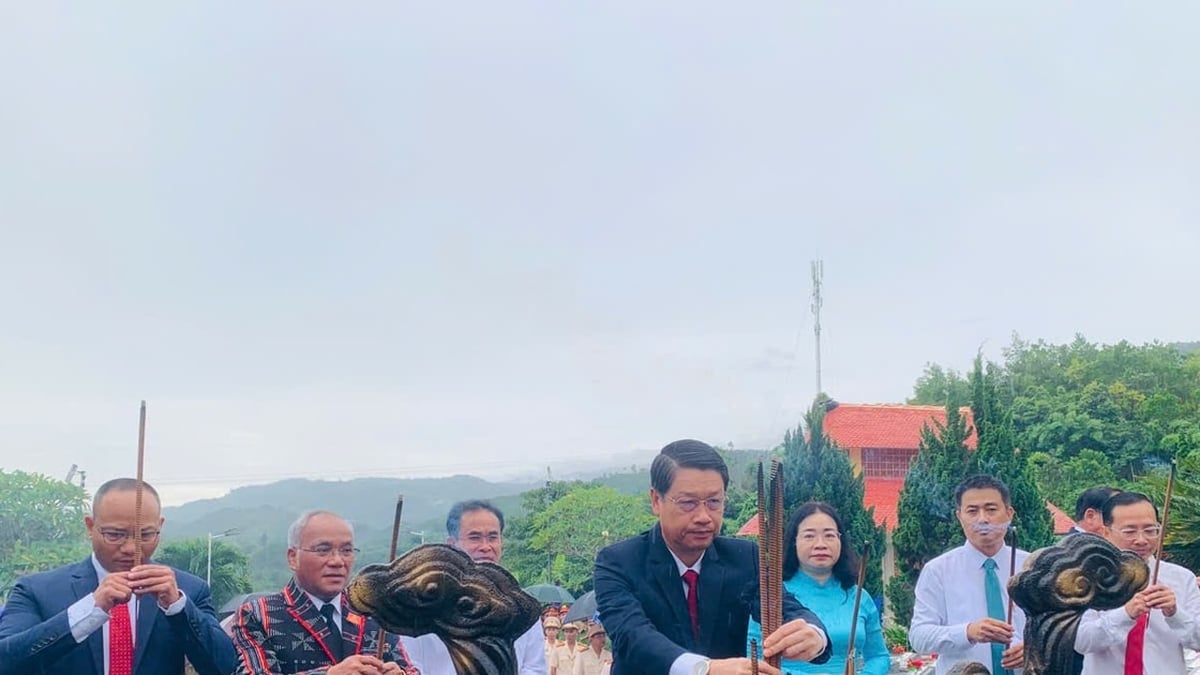
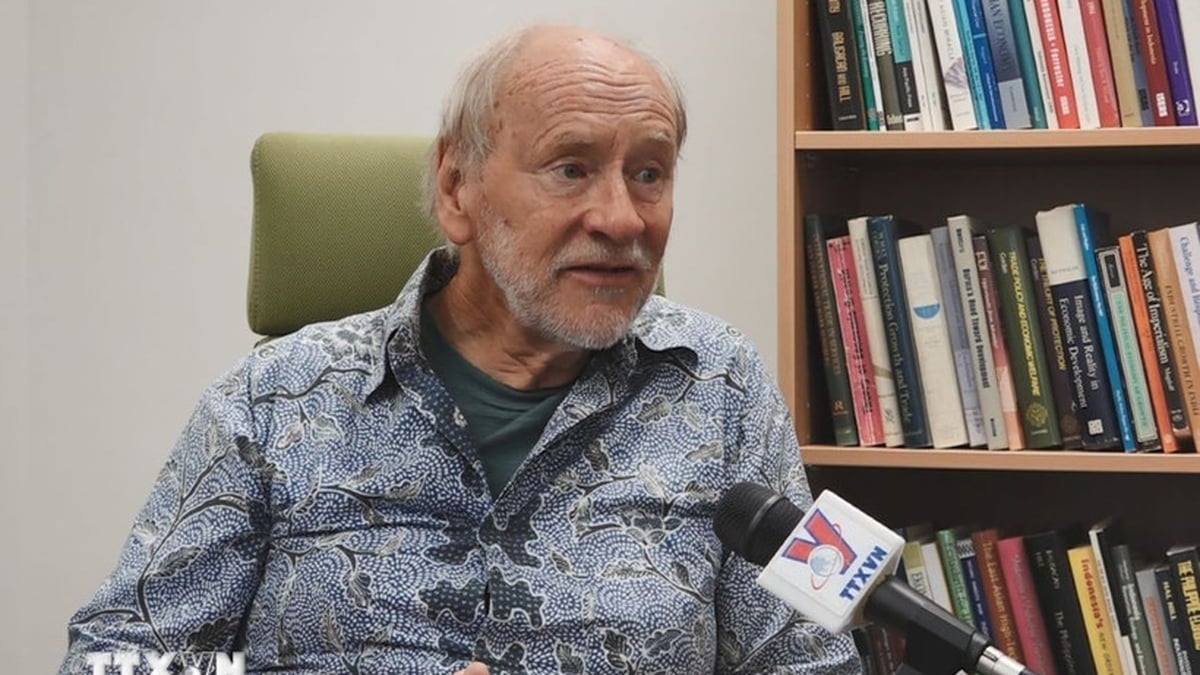
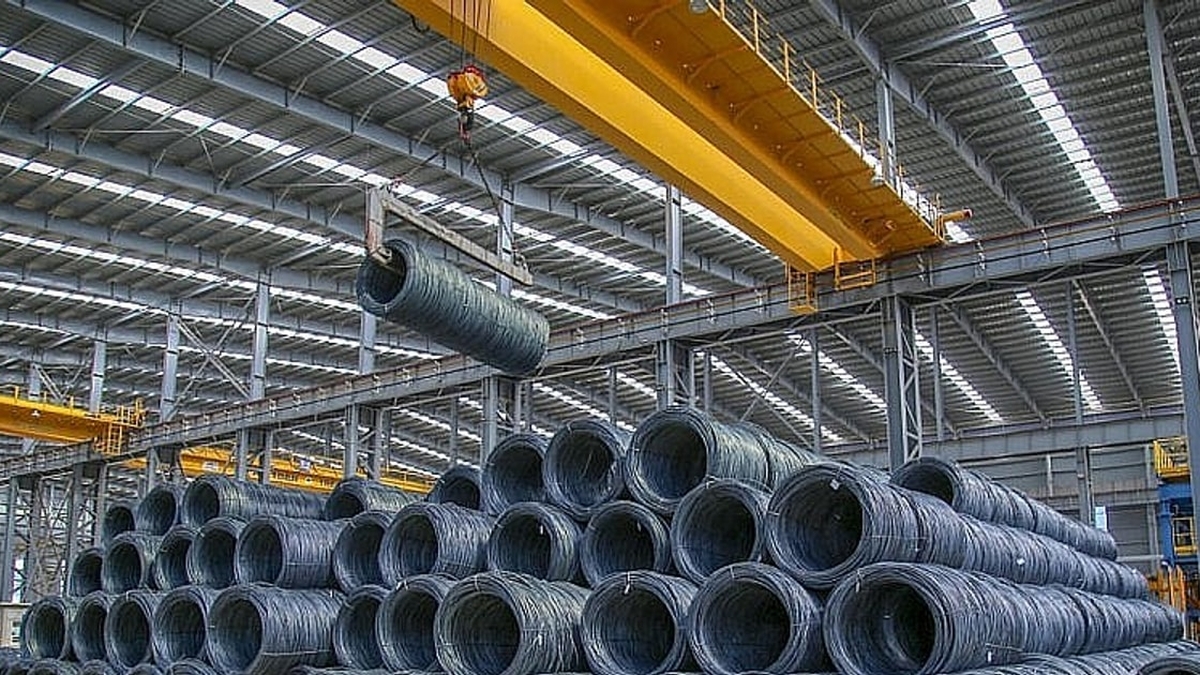











![[Photo] Signing of cooperation between ministries, branches and localities of Vietnam and Senegal](https://vphoto.vietnam.vn/thumb/1200x675/vietnam/resource/IMAGE/2025/7/24/6147c654b0ae4f2793188e982e272651)








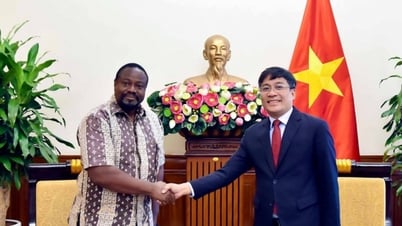

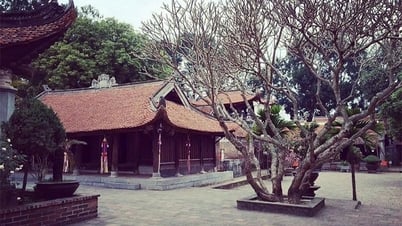

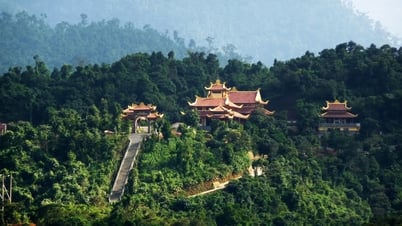

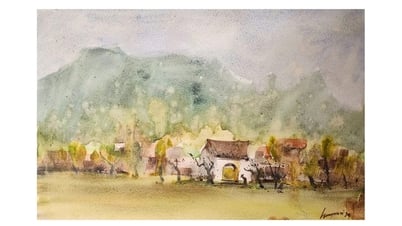

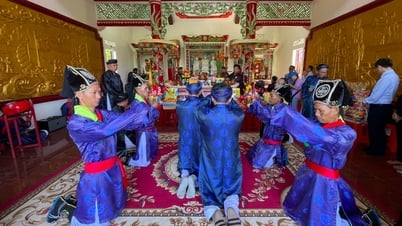

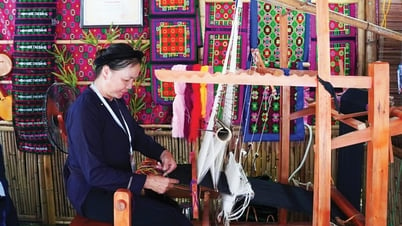

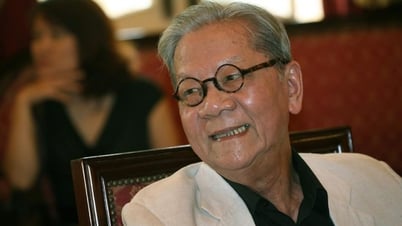




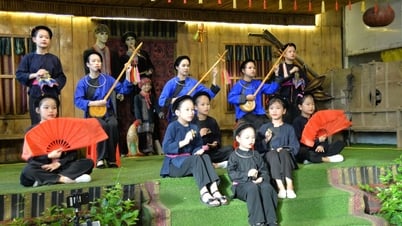





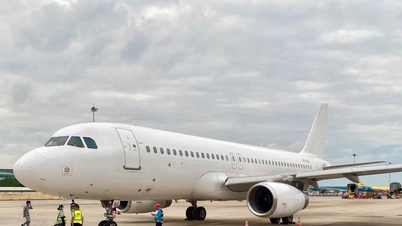


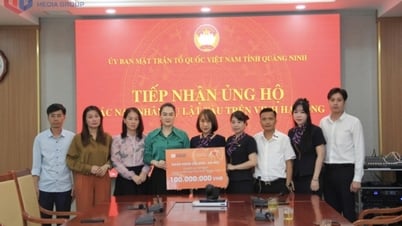

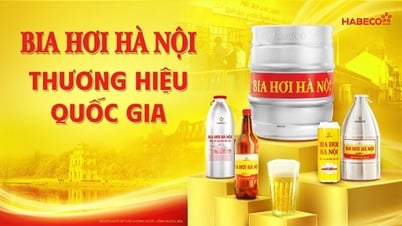



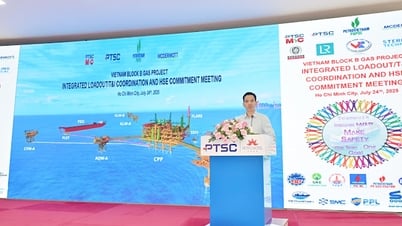



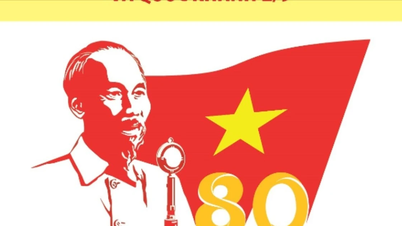
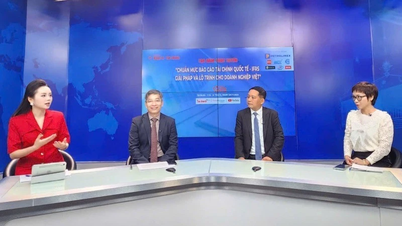

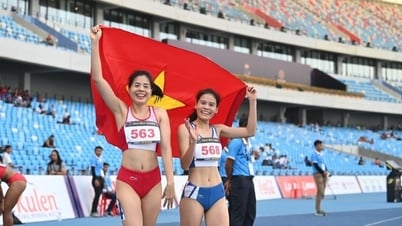


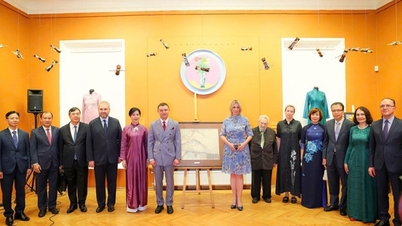
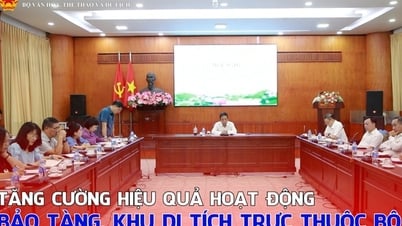

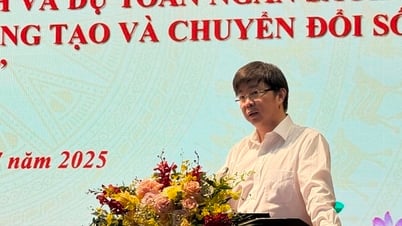

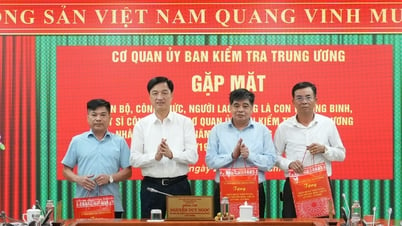












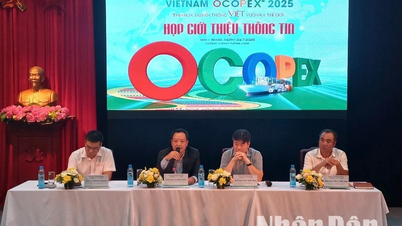
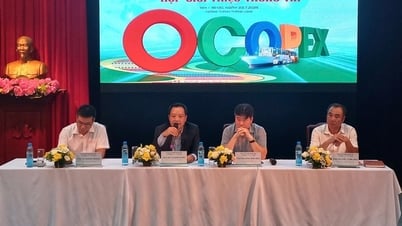

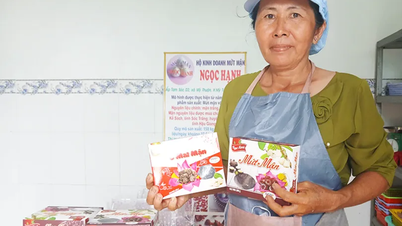

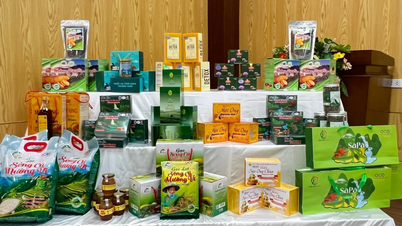



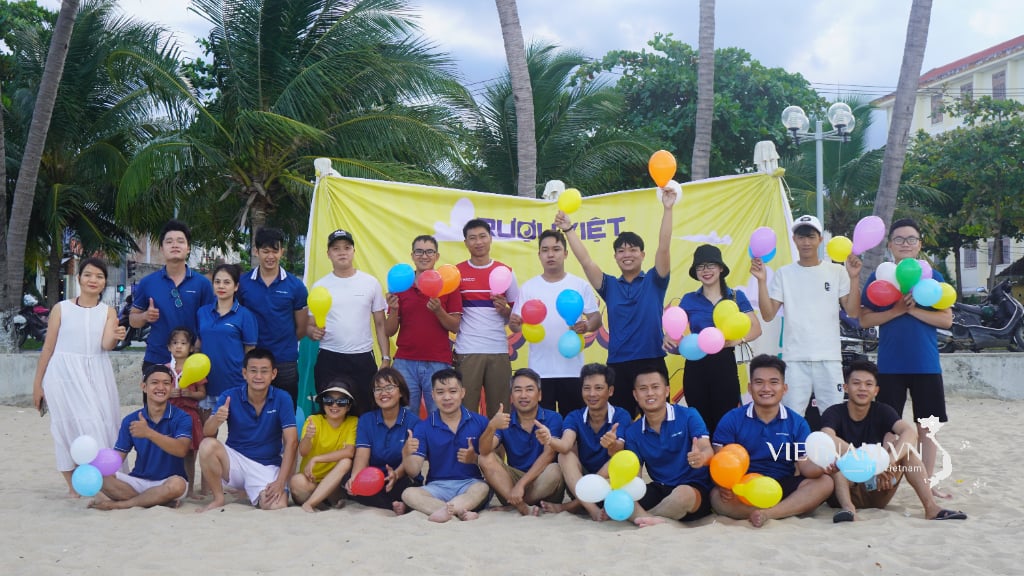
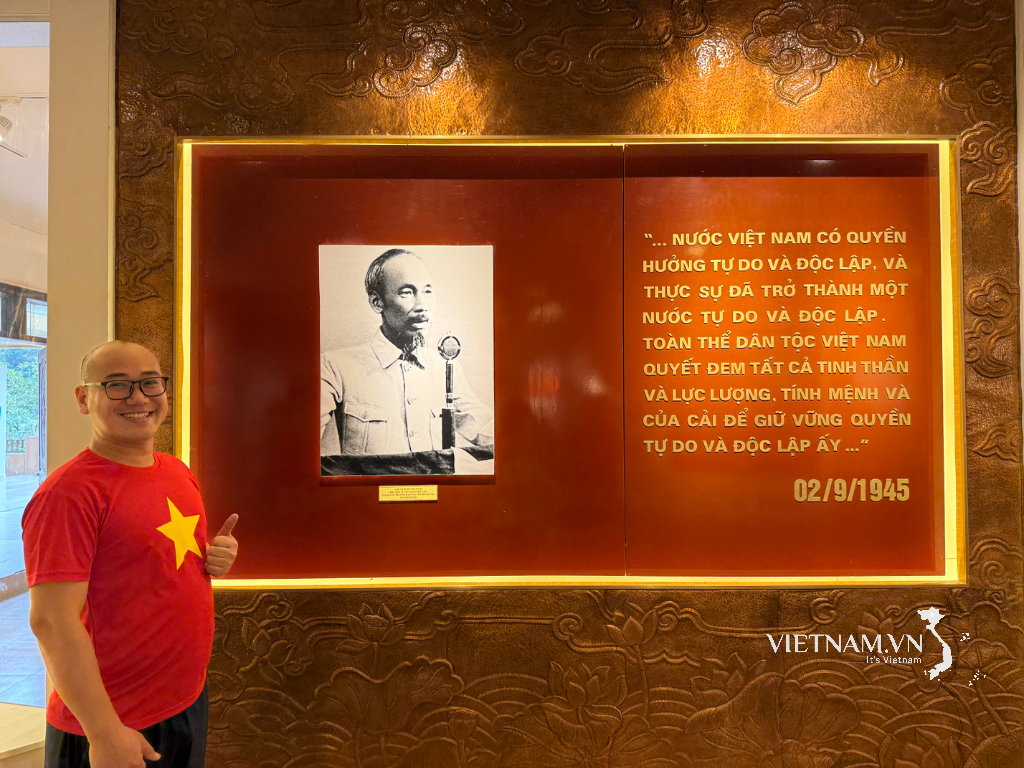
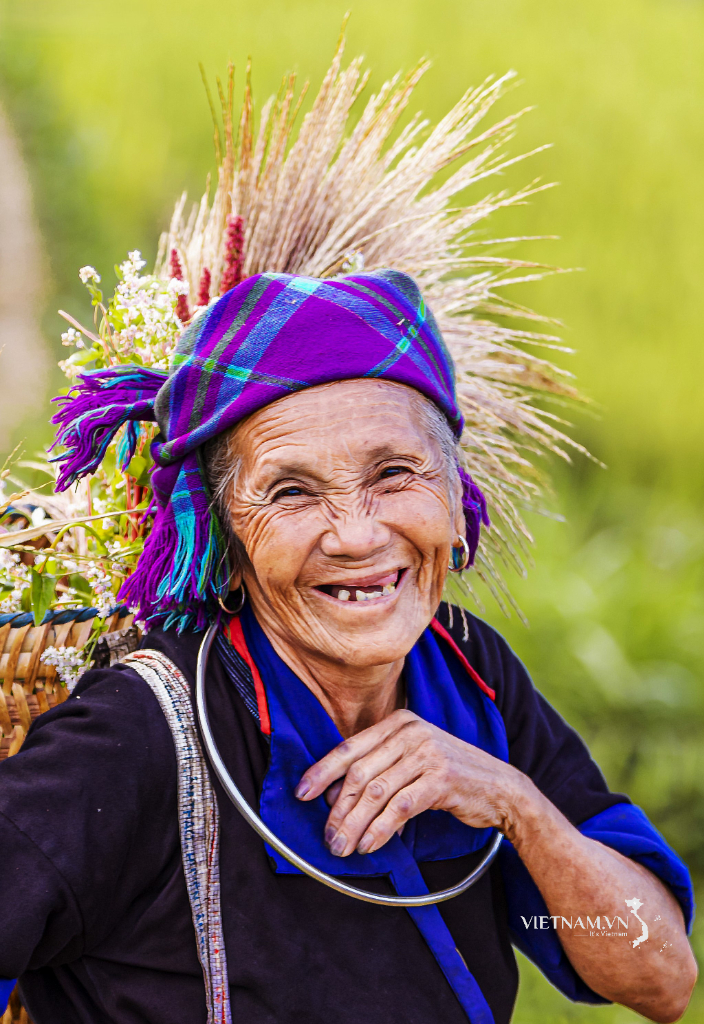
Comment (0)